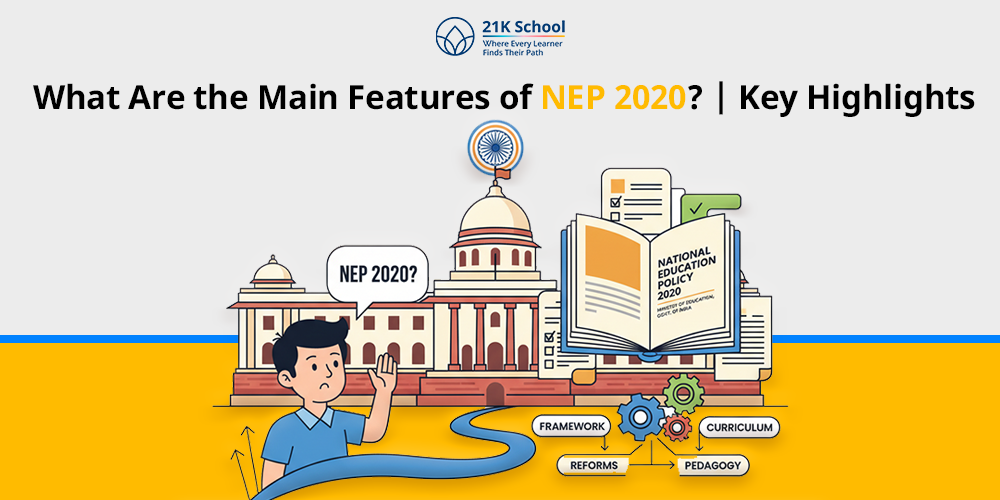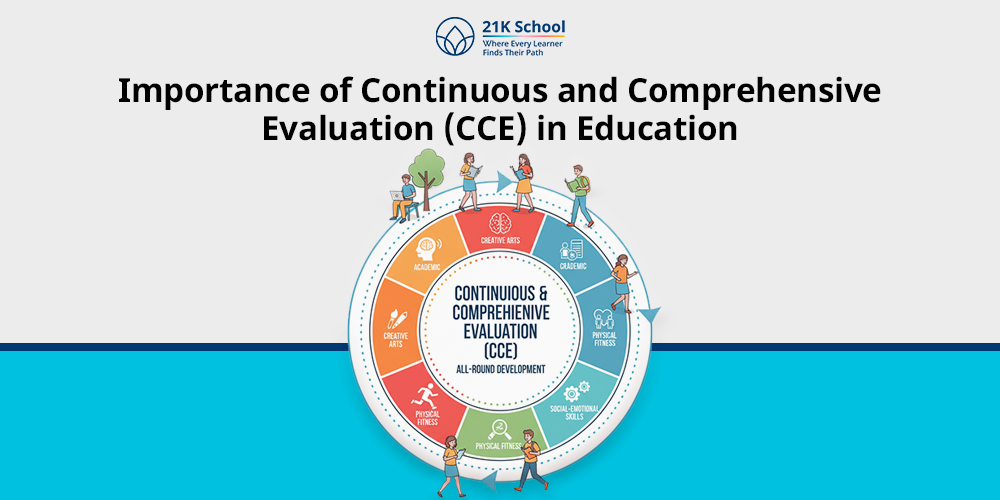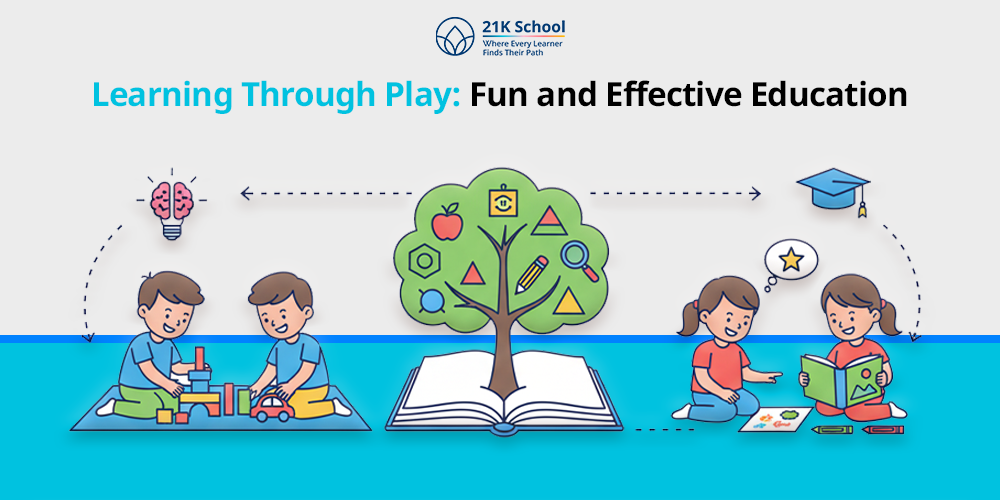
In students’ life, education, classroom, and collaboration with different students play a major role in development. Today’s classroom learning is not limited to textbooks.
It uses smart learning approaches to improve student engagement and efficiency together.
One of the popular teaching methods, “Peer Learning” for modern classrooms has a lot of advantages. It is an ideal way of learning with each other.
In modern education, learning with interest and active participation ensures future growth and success. Let’s understand some of the advantages of peer learning for modern classrooms.
Table of Contents
- What Is Peer Learning?
- 16 Key Advantages of Peer Learning for Students
- 1. Facilitating effective communication
- 2. Encouraging Analytical Thinking and Critical Thinking
- 3. Improved Knowledge Retention
- 4. Personalised Learning
- 5. Better Academic Performance
- 6. Boosts Confidence
- 7. Collaborative Projects
- 8. Increased Motivation
- 9. Peer Assessment & Mentorship
- 10. Active Engagement
- 11. Encouraging Lifelong Learning Habits
- 12. Teaching Others Helps Students Learn
- 13. Embracing Diversity in Education
- 14. Helps in Teamwork
- 15. Develops Empathy
- 16. Enhanced Knowledge Sharing
- Conclusion
What Is Peer Learning?
Peer learning is an effective approach in which students learn from and with each other. Instead of teacher-led learning, kids connect and collaborate to complete tasks.
From group projects to guiding each other in advanced maths peer learning offers open communication and motivation to achieve common learning goals.
Some common examples of peer learning include:
- Study groups
- Peer tutoring
- Collaborative projects
- Discussion circles
- Peer assessment activities
Explore the importance of peer learning.
16 Key Advantages of Peer Learning for Students
Given below are top 16 key advantages of peer learning for students to help to understand its uses in modern learning.
1. Facilitating effective communication
Peer learning is an ideal way to improve students communication skills. This can be done by interacting with other students.
For example, in the classroom learners explain complex topics to each other to get good marks in tests.
This not only promotes communication skills but also active listening skills, discussion of meaningful questions, and engaging with healthy thoughts.
2. Encouraging Analytical Thinking and Critical Thinking
Exposure in the classroom through peer learning helps in discovering new ideas, innovation etc improve learners analytical abilities and critical thinking skills.
By evaluating arguments, questioning assumptions, and justifying their own viewpoints students learn how to deal with challenges.
Remember, receiving information is not only a way of learning. Analysis can help learners to obtain effective and futuristic solutions.
3. Improved Knowledge Retention
Education often requires knowledge retention abilities in students to reduce exam stress. Peer learning offers the advantage of memory preservation.
Students often actively take part in discussion and group study which help in enhancing memory retention.
4. Personalised Learning
Each student is different in their learning styles. That’s why peer-to-peer learning offers the benefits of personalised learning.
In this way, students get the opportunity to learn at their own pace with a group.
Getting mental and educational support builds confidence and self-esteem for students to achieve better.
5. Better Academic Performance
Peer learning helps in collaborative education which is ideal to improve student’s academic performance.
By discussion, sharing thoughts, debating on particular topics to get proper outcomes, learners are able to retain content.
Peer learning activities are also ideal for group assessments, problem-solving and continuous learning.
6. Boosts Confidence
Students often hesitate or have low confidence to connect and collaborate with peers due to various reasons.
However, the benefits of peer-to-peer learning actively promote group study which later boosts confidence, empathy, and teamwork skills.
In this open learning behaviour, students become free to reach a global audience without hesitation.
7. Collaborative Projects
In modern education, teamwork, group study, collaborative projects are key features which improve 21st century skills.
By this way, kids learn how to respect, work as a team, leadership qualities, manage conflict which leads to successful outcomes in both academic and personal life.
8. Increased Motivation
To increase motivation in students, facilitators often introduce peer learning.
Students see their classmates connecting and making groups to fulfill short-term goals or long-term goals motivates them to join and become part of active learning.
Remember, a positive collaboration motivates students to work efficiently. They become consistent in their studies.
9. Peer Assessment & Mentorship
Peer assessment & mentorship are the process of improving others’ work to make it more meaningful.
The process improves the quality of learning and guides students to understand the importance of mutual growth.
Through mentoring students also reduce the dependency on teachers and improve leadership skills.
10. Active Engagement
Teachers-led learning or constant listening reduce active participation. However, implementation of peer learning enhances students’ concentration, increases curiosity, and improves classroom dynamics.
Learners can improve active engagement by peer learning activities like gamification, peer teaching, role play, field trips, problem-based learning etc.
11. Encouraging Lifelong Learning Habits
Peer learning is an independent educational approach that can be implemented in the classroom or in personal space.
It increases student curiosity to learn from classmates which ultimately encourages them to develop lifelong learning habits.
It is ideal because students love to interact and learn at the same time.
12. Teaching Others Helps Students Learn
It is often seen that individuals who share knowledge retain the maximum information. Explaining different concepts to peers ensures self understanding.
By this way students can also take a test by exploring how much they retain and areas of improvement. It is a win-win situation for students.
13. Embracing Diversity in Education
School and classroom are filled with learners from different backgrounds, cultures, country, and perspectives
Peer learning offers a positive learning environment that embraces diversity in education where students from different locations come together and guide each other.
It promotes cultural awareness, empathy, and acceptance of others’ thoughts etc.
14. Helps in Teamwork
In the 21st century, skills such as teamwork and collaboration helps to fulfill future goals. Students learn how to divide tasks, resolve conflicts, and support each other.
Students through peer learning build social and emotional skills and look for creating solutions for upcoming challenges.
It not only helps students in the classroom but also works as a foundation for future needs in career and job.
15. Develops Empathy
Development of empathy requires collaboration and reinforcement of peers. Peer learning can be an ideal way to do so.
Learners understand each other’s perspectives, challenges, and strengths to nurture empathy, emotional intelligence, and kindness.
A learner with empathy becomes more supportive, builds positive relationships and creates a healthy environment for learning.
16. Enhanced Knowledge Sharing
In traditional learning students limit their understanding by gaining knowledge provided by teachers.
But, modern approaches like peer learning are designed to explore and share knowledge with others. Sharing is beneficial to increase self and others knowledge.
This makes students future-ready and to work with a big team at a job or business.
Conclusion
In the modern classroom, selection of effective teaching approaches for learning helps learners to customise their educational journey.
Peer learning is one of the educational approaches that transform students’ learning and knowledge retention. It is student-centered learning which promotes collaboration and support.
The above mentioned 16 key advantages of peer learning for modern classrooms showcases the benefits of effective implementation.
As a learner, students need to become flexible and open to learn in different ways and as a parent and facilitator one must ensure proper reinforcement of peer-to-peer learning.



